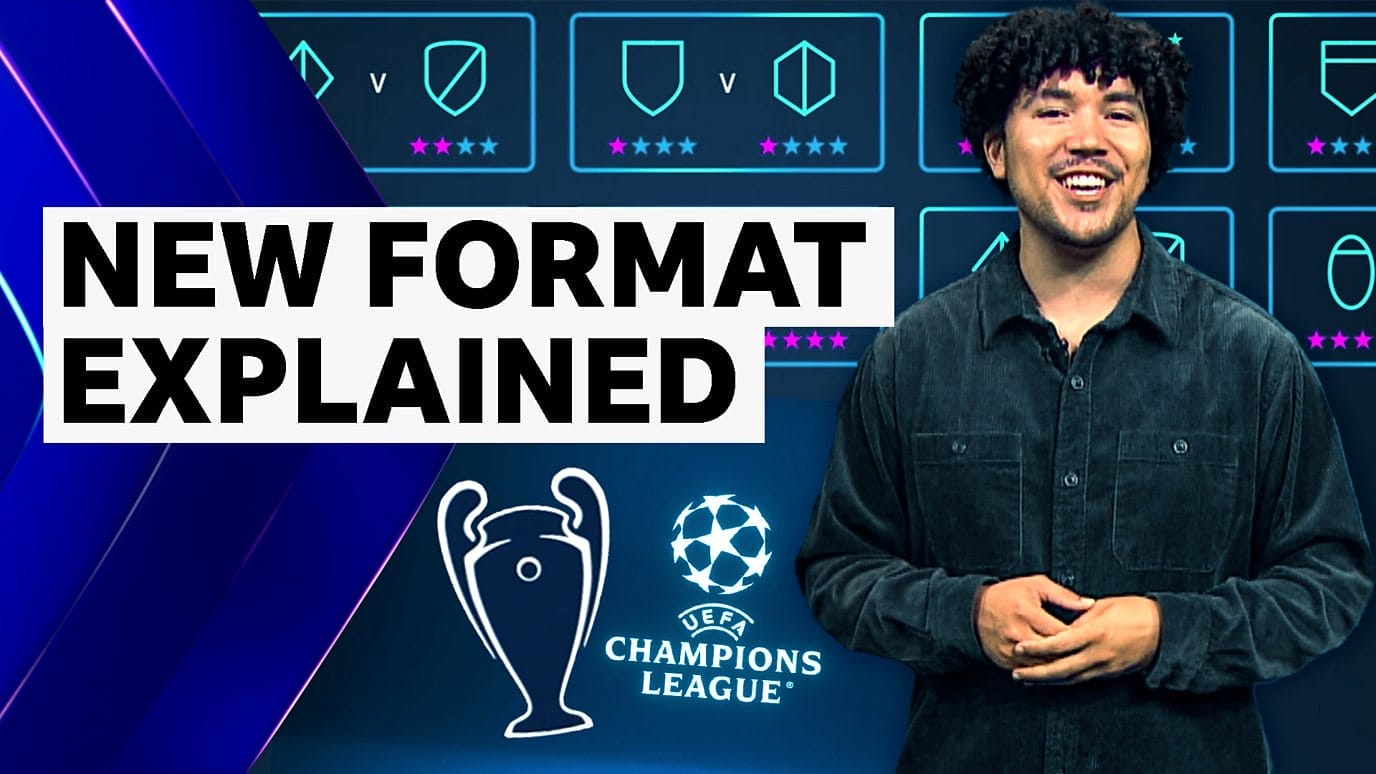
Ferrari’s decision to bring Lewis Hamilton into their fold in 2024 is one of the most talked-about moves in Formula 1. As rumors swirl and speculations run wild, the notion that Ferrari’s signing of Hamilton is purely motivated by commercial interests has become a topic of heated debate. Some pundits suggest that the partnership between the two parties would indeed be financially lucrative, benefiting both Hamilton and Ferrari in the long run. However, there are those who believe that the Scuderia’s choice is based on a combination of strategic and sporting reasons, not just the allure of commercial success.
A Surprising Move at the Age of 40
The news of Hamilton’s transfer to Ferrari came as a shock to many in the F1 world. At the age of 40, Hamilton is considered one of the greatest drivers in the history of the sport. His storied career with Mercedes has seen him win seven World Championships, a feat only matched by Michael Schumacher. Given his age and the fact that Mercedes was still considered one of the strongest teams on the grid, it seemed almost impossible that Hamilton would make a move, especially to a team like Ferrari, which had been struggling in recent years to keep up with the pace set by Mercedes and Red Bull.
Yet, as 2024 progressed, Hamilton’s signing with Ferrari seemed almost inevitable. The news sent shockwaves through the paddock, with many wondering what would drive a driver of his stature to make such a significant change at this stage in his career. Was it purely a commercial move, or was there a deeper strategic purpose behind the decision?
Ferrari’s Strategic Planning Behind the Move
Peter Windsor, a respected commentator and former Williams team manager, weighed in on the matter during an appearance on his YouTube channel. Windsor suggested that Ferrari’s decision to sign Hamilton was not driven solely by financial considerations. While he acknowledged that the partnership could undoubtedly bring commercial benefits to Ferrari, he also pointed out that there were other factors at play, particularly the team’s long-term strategy.
“I don’t think Ferrari’s only thought when they made this transfer was ‘Carlos Sainz is a great driver but we’ll make more money with Hamilton,’” Windsor said. “I don’t think such an idea is dominant. As far as I understand, there is a strategic and sporting planning here.”
Windsor went on to explain that Ferrari’s decision was influenced by the team’s ongoing effort to return to the top of Formula 1. In particular, he highlighted the role of Frederic Vasseur, Ferrari’s team principal. Vasseur’s background with ART Grand Prix, a successful team in various junior racing categories, has given him an acute understanding of driver talent. Windsor believes that Vasseur sees Hamilton as the ideal candidate to help Ferrari reclaim its competitive edge in F1.
The Role of Frederic Vasseur in Ferrari’s Decision
Frederic Vasseur’s arrival at Ferrari in 2023 marked the beginning of a new era for the Italian team. Known for his keen eye for talent and his ability to manage drivers, Vasseur is seen as someone who could help bring Ferrari back to the front of the grid. His time at ART Grand Prix, a team that developed numerous successful drivers, including Hamilton in his early years in motorsport, gave him a strong foundation for understanding what makes a driver truly exceptional.
Vasseur’s decision to bring Hamilton into the fold aligns with his belief that a driver with Hamilton’s extraordinary talent and experience would be invaluable for Ferrari’s long-term success. Windsor emphasized that Hamilton, at 40, is in an ideal stage of his career to join a team like Ferrari. While he may no longer have the raw speed of his youth, his vast experience, unmatched racecraft, and leadership abilities make him a perfect complement to Ferrari’s future plans, especially alongside their current star, Charles Leclerc.
Leclerc, a young and incredibly talented driver, has long been seen as the future of Ferrari. However, his inability to secure a championship in recent years has raised questions about the team’s overall strategy. The addition of Hamilton, a driver with seven World Championships to his name, could provide the necessary guidance and experience to help Leclerc mature into a true title contender. Hamilton’s presence would not only strengthen the team’s overall performance but also serve as a mentor for Leclerc, helping him navigate the challenges of leading a top-tier team like Ferrari.
A Perfect Pairing with Charles Leclerc
One of the key aspects of the move that Windsor highlights is the synergy between Hamilton and Leclerc. The two drivers, while very different in their approach to racing, complement each other well. Leclerc is known for his raw speed and natural talent, while Hamilton is known for his tactical intelligence, mental fortitude, and ability to extract the maximum performance from his car in any situation.
Windsor believes that the pairing of Hamilton and Leclerc could be a game-changer for Ferrari. While Leclerc is undoubtedly one of the most talented drivers on the grid, he has struggled with consistency and mistakes under pressure. Hamilton, on the other hand, has built a career around his ability to deliver consistent, flawless performances, even in the most challenging of circumstances. Together, the two drivers could create a potent partnership, with Hamilton providing the leadership and experience needed to help Leclerc grow into a world champion.
In many ways, this partnership mirrors the successful pairings that have worked well for Ferrari in the past. When Michael Schumacher joined Ferrari in 1996, he brought with him not only his driving prowess but also his leadership and ability to motivate the entire team. Similarly, Hamilton could play a similar role, providing Ferrari with the stability and focus it has been lacking in recent years.
The Commercial Benefits of the Deal
While Windsor is adamant that Ferrari’s decision to sign Hamilton goes beyond commercial considerations, it is hard to ignore the significant financial benefits that the deal could bring. Hamilton is one of the most marketable athletes in the world, with a massive global following and numerous endorsement deals. His arrival at Ferrari would undoubtedly boost the team’s profile, both on and off the track.
Ferrari has always been a brand synonymous with prestige, luxury, and success, and Hamilton’s association with the team would only enhance its image. The commercial impact of this partnership could be enormous, attracting new sponsors, fans, and media attention to the team. In this sense, the deal could be a win-win situation for both parties.
However, as Windsor points out, the commercial aspect is not the driving force behind the move. Instead, Ferrari’s decision seems to be rooted in a long-term strategy aimed at rebuilding the team’s competitiveness and securing future championships. With Hamilton’s arrival, Ferrari hopes to not only challenge for race wins but also develop a winning culture that will help the team succeed in the years to come.
Conclusion: A Move That Goes Beyond Commercial Reasons
In conclusion, Ferrari’s decision to sign Lewis Hamilton for 2024 is not simply about commercial gain. While the financial benefits of the partnership are undeniable, the move appears to be part of a broader strategic plan aimed at returning Ferrari to the top of Formula 1. With Frederic Vasseur’s leadership and Hamilton’s immense talent and experience, the pairing of Hamilton and Leclerc could prove to be the perfect formula for success.
As the new season approaches, all eyes will be on Ferrari as they look to build a championship-winning team for the future. Whether Hamilton and Leclerc can deliver the results Ferrari is hoping for remains to be seen, but one thing is clear: Ferrari’s decision to bring Hamilton on board is not just about making money. It is about securing a successful future for the team, both on the track and off it.









